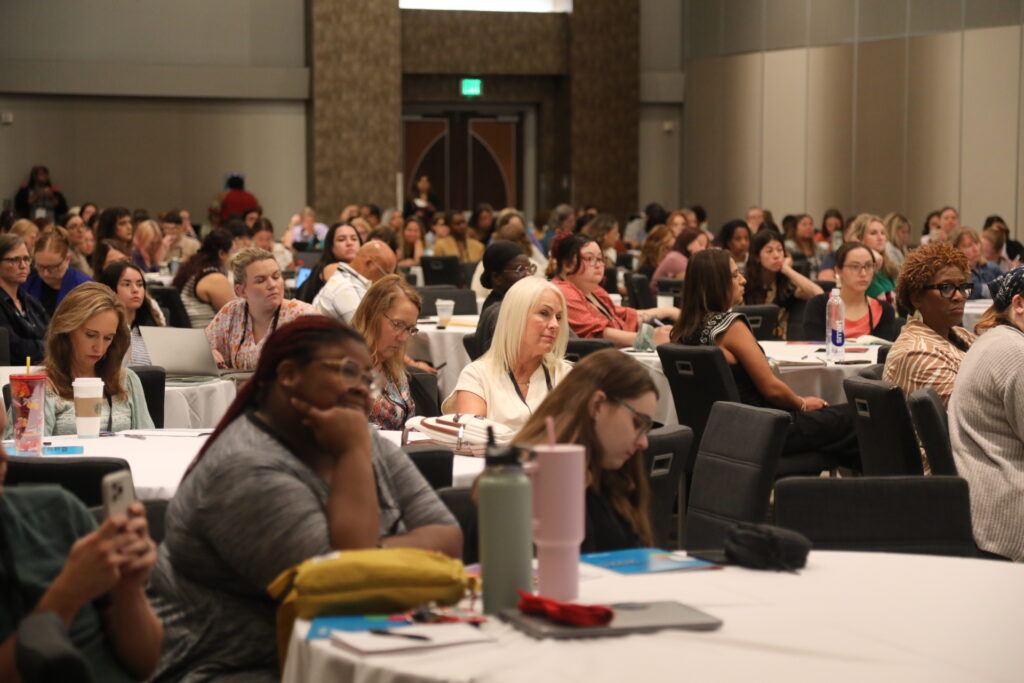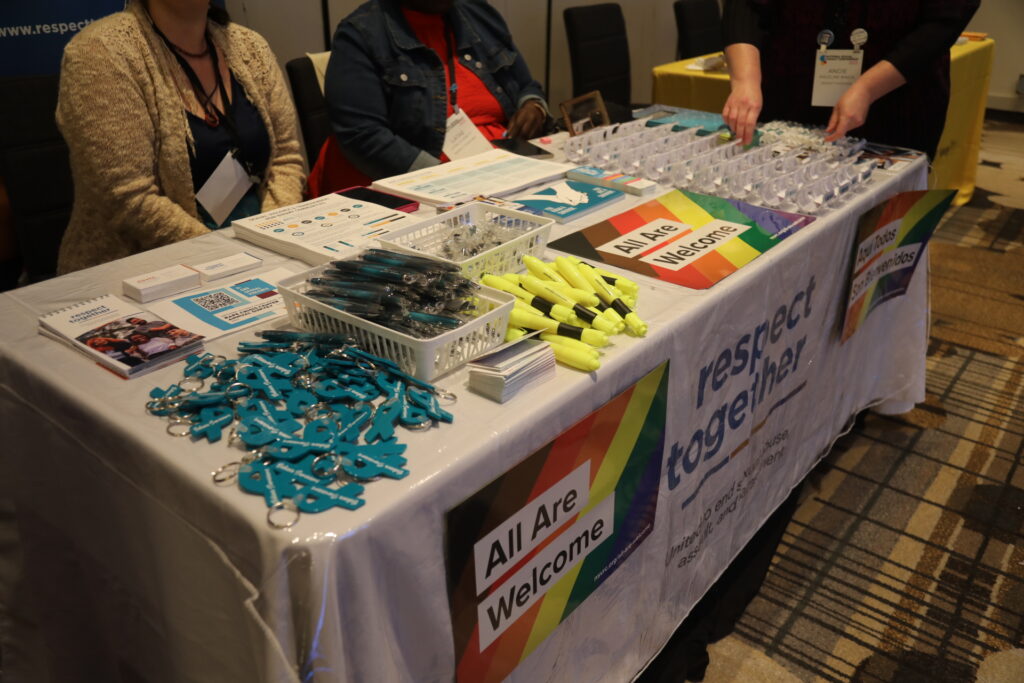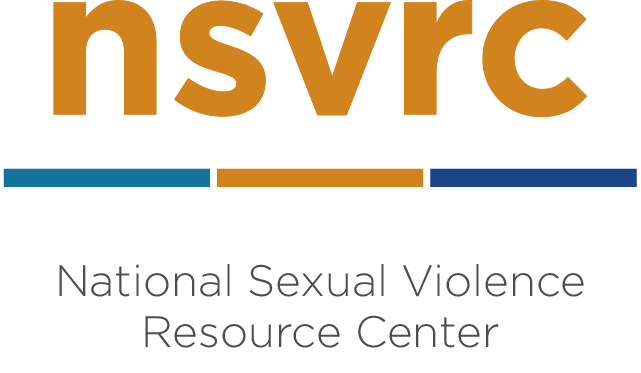
After having been immersed in public health prevention for almost three decades, I celebrated my one-year anniversary working in sexual violence prevention with the National Sexual Violence Resource Center (NSVRC) at the 2025 National Sexual Assault Conference (NSAC). What a wonderful opportunity NSAC was to learn, share and connect!
NSVRC sponsored a Prevention track of 14 workshops featuring sexual violence prevention programs across the country, implementation approaches across the socio ecological model (SEM), and evaluation strategies to advance violence prevention.
Because I could only attend one workshop at a time (I’m still working on cloning myself and/or time travel!), I attended half (7) of the workshops in the track. Each was uniquely valuable in learning about what sexual violence prevention looks like today, and I was left reflecting on some key takeaways.
The outstanding reminder, which might be stating the obvious, was “if you’ve seen one approach to violence prevention, you’ve seen one approach to violence prevention.” This speaks to the varied localized approaches that stem from assessing individual state/local needs and to the care and intention that planners take to ensure approaches are the right fit for their communities. And, while this is true, there is also a lot of care taken to replicate “what works” and sharing successes and lessons learned. While the common goal of primary prevention is increasingly framed as requiring a culture shift, we also remain pragmatic about the resources available to do this – a paradigm shift that aligns with my experiences across prevention fields.

Another key observation was how eager violence preventionists are to learn from their peers. In many different sessions, I heard participants express wanting to know what others were doing: what approaches they were implementing; how they navigated bureaucratic requirements; and how they see violence prevention working in their communities. As I shared with one small group in a workshop session, my first year in this prevention niche, I have often asked “where’s the program database?” Without one, this leaves me thinking about opportunities to build more connections and strengthen communication among violence preventionists across the country. And in particular, to think about how NSVRC showcases and shares programs and materials.
Another impressive theme that resonated with me was presenters’ willingness to share what didn’t work and how they demonstrated humility and resilience. One presenter asked the crowd of one hundred plus to share “what was wrong with this approach?” – participants gently shared, and the presenter nodded in agreement. Another pair detailed how multiple iterations of their program were falling short of reaching their audience, and how they continuously adjusted and moved forward. As another pair of presenters fielded a difficult disclosure and didn’t miss a beat with keeping the space both safe and productive for all, they demonstrated that despite having a lot of work to do as a movement, preventionists are prepared and incredibly capable!
I’m sure most conference participants would agree that connecting with other professionals in the field was a highlight of gathering in-person. These in-the-flesh opportunities seem few and far between these days, so I didn’t skip any sessions or even duck over to Disneyland. NSAC was an enjoyable few days meeting such caring, thoughtful and dedicated people and the experience went a long way to restoring my faith that preventing violence really is possible. I am encouraged to keep diving into the thick of this movement and to work every day on “being the change.”

I look forward to seeing my fellow preventionists at NSAC 2026 August 19th-21st in Washington D.C.!
If you are interested in sharing your successes and lessons learned at NSAC 2026, the Call for Proposals is open for workshop submissions until December 12, 2025, 8:00 PM EST. Sign up Here.
Resource Topics PreventionSexual Violence
